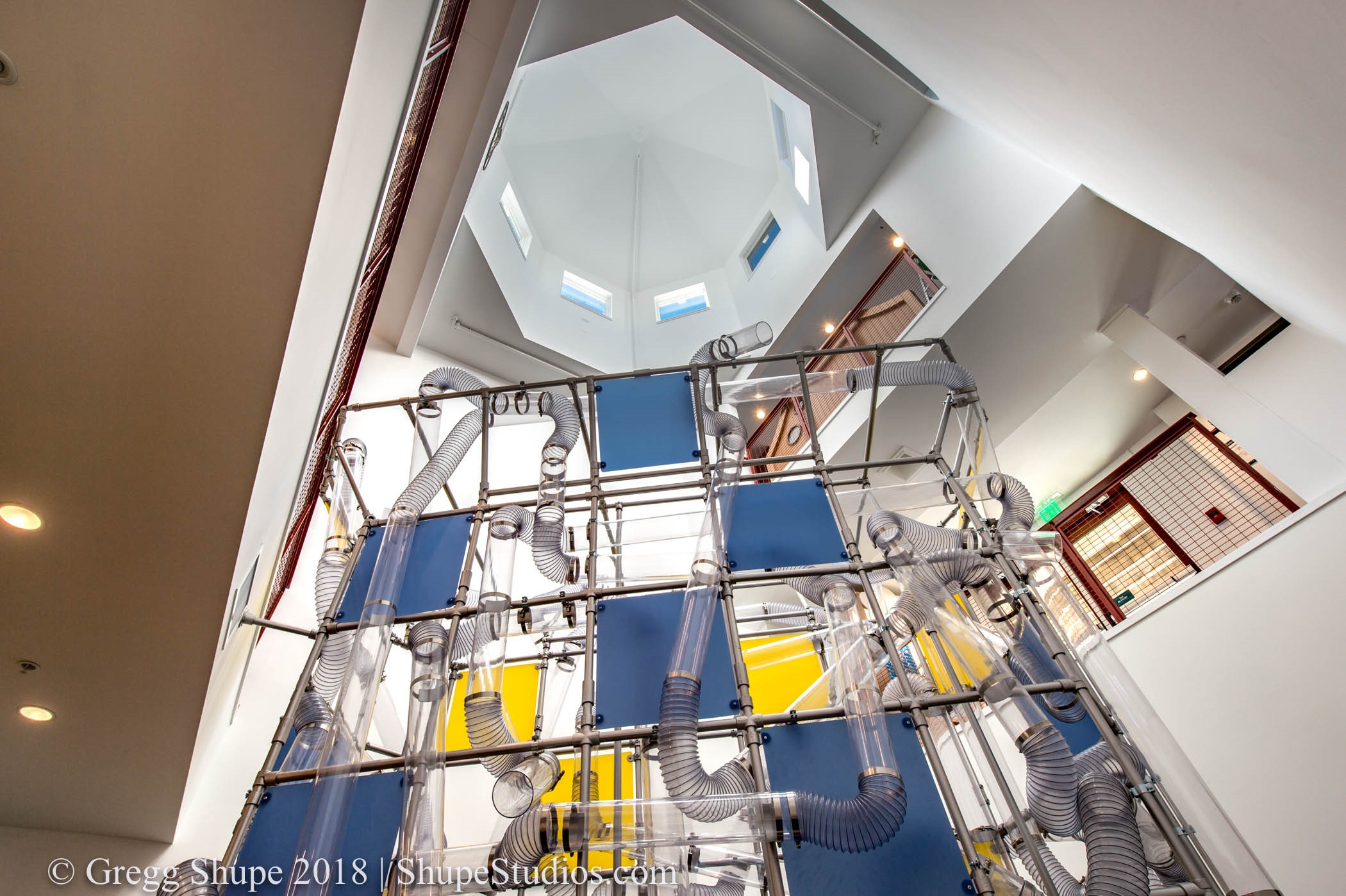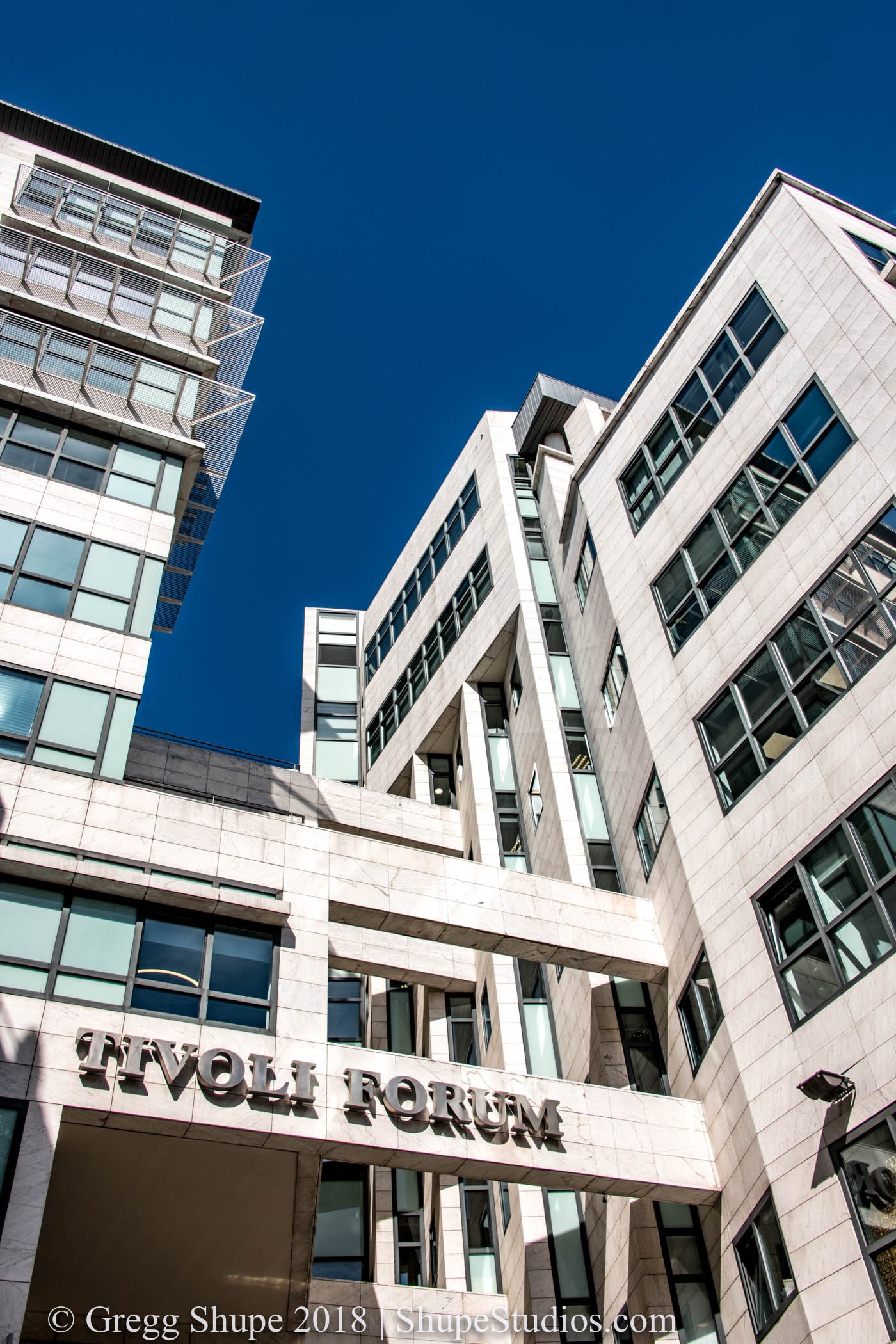A large part of photography is finding the perfect scene and shooting it from the perfect angle. Perspective is a vital part of professional photography to help convey a point-of-view, scale, or importance of your subject. In architectural photography, the ability to get the right perspective – perspective control – is a key part in conveying the significance and size of the building you’re photographing.
Clean and Accurate Perspective Control
I pride myself on providing very clean and accurate perspective control. Even the most basic setups can use framing and straight-on perspective shots to help transport the viewer to your location. Take a look at the following shots in this blog and how they exude professionalism.
Working Within Physical Limitations
In an ideal world, you would be able to take your shots from any perspective. However, the reality isn’t always so kind. Here are some tips to turn your limitations into interesting perspective shots.
Panning Up: Sometimes, your back will be against the wall – literally. With no place to back up, such as narrow streets, panning up can help you capture the building and a great perspective.
Opening Wide: When having to work within close-quarters to your building, a wide-angle or even ultra-wide-angle lens can help you capture it all in one shot.
Rooftop to Rooftop: Getting permission to shoot the structure from another rooftop, or even using a helicopter or drone to help work around blocking structures can make a big difference.
Using Perspective to Capture Special Features
Lastly, you can use perspective control to capture the special aspects and features of the architecture, both inside and out. Look for shots with features at multiple depths and angles that capture the important parts of your subjects and draw the viewer’s eye to them.
Need a new perspective on your current business photography? Contact Shupe Studios. We’re a Boston-area photography studio specializing in architectural photography, but also do staff and product photography, making us your one-stop shop for business photography.





